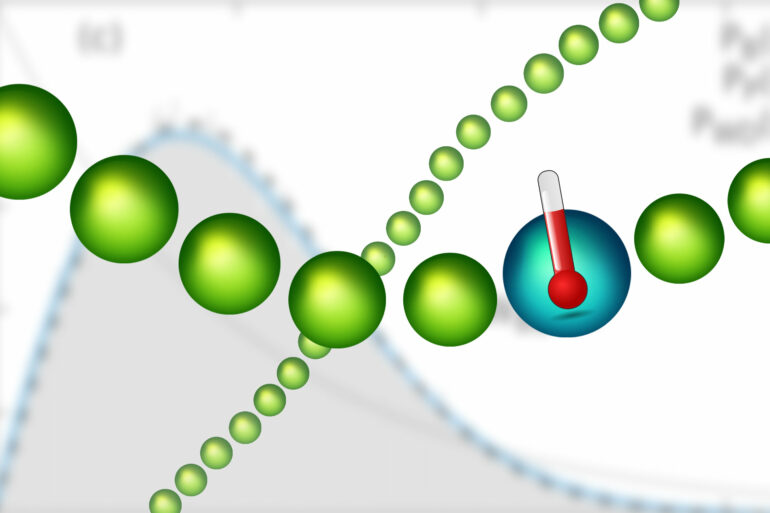The most common particles are electrons and photons, which are understood to be examples from the great families of fermions and bosons, to which all other particles in nature belong. But there is another possible category of particles, the so-called anyons. Anyons are predicted to arise inside materials small enough to confine the electronic state wave function, as they emerge from the collective dance of many interacting electrons.
One of these is named Majorana zero mode, anyonic cousins to the Majorana fermions proposed by Ettore Majorana in 1937. Majoranas, as these hypothetical anyons are affectionally called, are predicted to exhibit numerous exotic properties, such as simultaneously behaving like a particle and antiparticle, allowing mutual annihilation, and the capability to hide quantum information by encoding it nonlocally in space. The latter property specifically holds the promise of resilient quantum computing.
Since 2010, many research groups have raced to find Majoranas. Unlike fundamental particles, such as the electron or the photon, which naturally exist in a vacuum, Majorana anyons need to be created inside hybrid materials. One of the most promising platforms for realizing them is based on hybrid superconductor-semiconductor nanodevices. Over the past decade, these devices have been studied with excruciating detail, with the hope of unambiguously proving the existence of Majoranas. However, Majoranas are tricky entities, easily overlooked or mistaken with other quantum states.
In a new paper published in Nature, scientists have thrown further light into the mystery of Majorana physics. For the first time, two well-established techniques were applied simultaneously to the same device. To their surprise, the researchers found that the states observed with one technique (Coulomb spectroscopy), which are highly suggestive of Majoranas at first glance, were not present when looking for them from the different perspective afforded by the second technique (tunneling spectroscopy).
The observations are akin to the following metaphorical scenario. In search of the fabled Majorana rock star, you peek through a (source) door to a bar. A concert appears to be taking place. You clearly see a remarkable rock star on the stage, dressed in a Majorana outfit, singing the Majorana song. The bar is full of Majorana fans that watch him in adoration. However, when you open a large (drain) door on the far end of the bar, the fans rush to leave the premises—among them, the supposed rock star. As a true artist, the real Majorana would never do such a thing.
“That’s precisely what makes Majoranas special. Much like the true rock stars don’t simply leave the stage when an exit is available, the Majorana anyon remains pinned to one side of the nanodevice by virtue of a profound mathematical principle called topological protection, even when regular electrons are allowed to escape through the opposite side,” the researchers state.
“We aimed to find out how to see if there is a Majorana or not. In our experimental conditions, the doors are nothing but tunnel barriers in which electrons are sent in and out. There’s a drain door and a source door. Seen from the two spectroscopy methodologies together at the same time, our Majorana rock star imposter turns out to be another kind of quasi-particle. Don’t get us wrong, these are interesting superconductor quasi-particles, but not Majoranas,” the scientists continue.
The findings highlight the fact that convincing Majorana impostors are everywhere. They can exist in many different types of devices and can deceive different measurement strategies individually. The combination of two measurement strategies applied to the same device revealed the impostor through an apparent paradox, an approach that could drastically reduce interpretation ambiguities of future experiments. This is a much-needed step to trap the elusive Majorana and eventually begin to harness its power.
More information:
Marco Valentini et al, Majorana-like Coulomb spectroscopy in the absence of zero-bias peaks, Nature (2022). DOI: 10.1038/s41586-022-05382-w
Provided by
Spanish National Research Council (CSIC)
Citation:
Imposter physical particles revealed: A key advance for quantum technology (2022, December 16)


